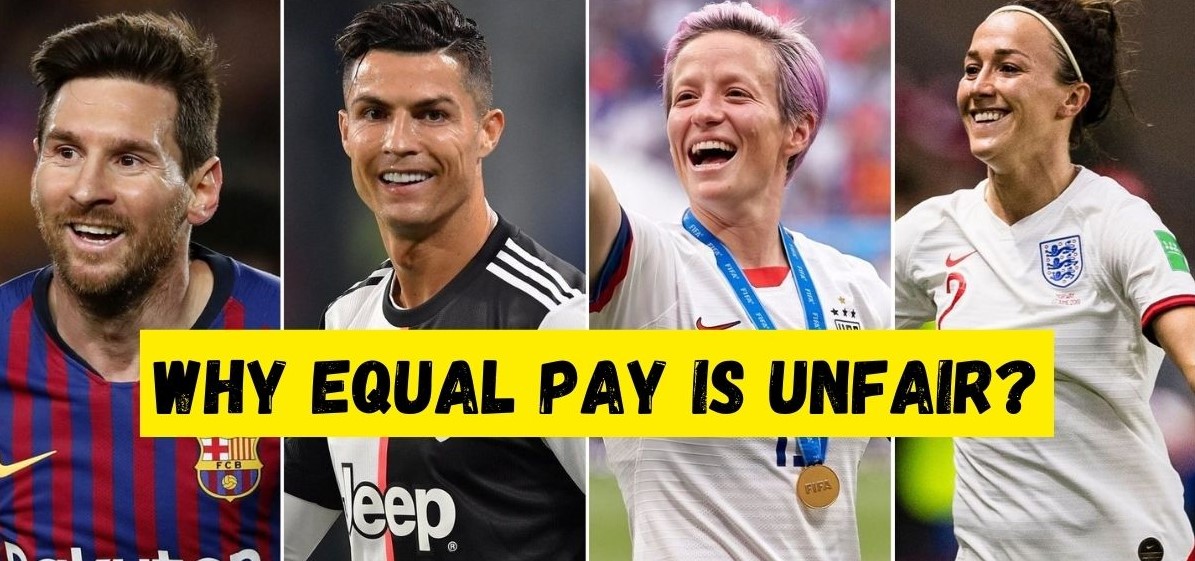Equal pay for male and female footballers is deemed unfair due to revenue disparities, viewer interest, and performance levels.
- Revenue Disparities: Men’s football generally generates significantly more revenue than women’s football. This is evident in factors such as television deals, sponsorships, and overall attendance. Proponents of different pay structures suggest that payment should be proportionate to the revenue generated by each sector.
- Viewer Interest and Sponsorship: Men’s football historically has a larger fan base and attracts more sponsorship deals compared to women’s football. Higher viewership and sponsorship often lead to increased revenue, making it challenging to implement equal pay without addressing these underlying differences in popularity and financial support.
- Performance Levels: The level of competition and skill in men’s football is generally higher than in women’s football. Paying male and female players equally may not reflect the differences in the game’s intensity, skill, and overall competition.
- Market Forces: Salaries in professional sports are determined by the market forces of supply and demand. Since men’s football is often more popular and generates more revenue, the economic principles of market value are in their favor.
How to Improve Salaries in Female Football?
This can only be done through investment and development of women’s football. By promoting and developing the women’s game, it could lead to increased popularity, higher revenues, and eventually, more equitable pay.
Look at women’s soccer in the USA; they are performing better than the male side on the national level, so ultimately, their pay gap is lower than in any other nation.
Also Read:
- Why Do Footballers Get Paid So Much More Than Soldiers?
- Pay Structure of Football Players with Club and Country
